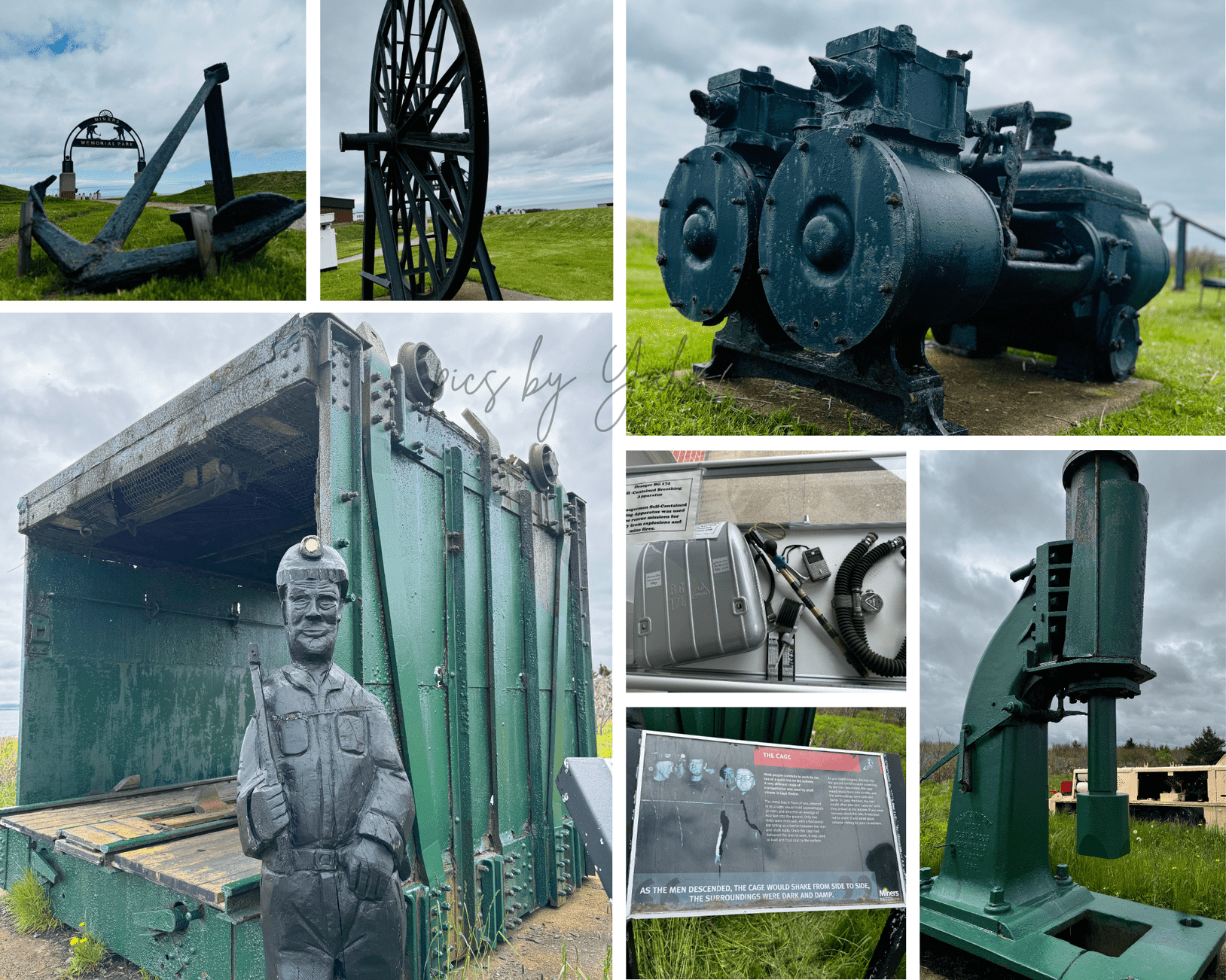The Mining History of Cape Breton: A Journey Through the Island’s Industrial Past

Cape Breton, an island in Nova Scotia, Canada, is renowned for its natural beauty and rich cultural heritage. However, one of the most compelling aspects of its history is its deep-rooted connection to the coal mining industry. From the early 19th century to the mid-20th century, coal mining played a pivotal role in shaping the island’s economy and communities. For those interested in industrial history, Cape Breton’s mining past offers a fascinating glimpse into the lives of the miners and the evolution of the industry.
The Beginnings of Coal Mining in Cape Breton
The coal mining industry in Cape Breton began in the early 1800s. The first commercial coal mining operation was established in 1827 by the General Mining Association (GMA), a British company that secured mining rights from the Crown. This marked the beginning of an era that would see Cape Breton become a major player in the North American coal industry. The history of coal mining in Nova Scotia is deeply intertwined with the development of Cape Breton.
The Growth of the Mining Industry
Throughout the 19th century, the demand for coal increased dramatically, driven by the needs of steamships, railways, and industrial factories. Towns such as Glace Bay, New Waterford, and Sydney Mines grew rapidly as coal mining operations expanded. These coal mining towns became hubs of economic activity, attracting workers from various parts of the world, including Scotland, England, Ireland, and Eastern Europe.
Life in the Mining Towns
Life in Cape Breton’s mining towns was challenging. Miners worked long hours in dangerous conditions, often deep underground where the threat of accidents and health issues loomed large. Despite the hardships, strong community bonds were formed, and the Cape Breton miners developed a unique cultural identity. The influence of the diverse immigrant population is still evident today in the local traditions, music, and cuisine.
The Glace Bay Miners’ Museum
To understand the mining history of Cape Breton, a visit to the Glace Bay Miners’ Museum is essential. The museum, located in the heart of Glace Bay, offers an in-depth look at the coal mining industry and the lives of the miners. One of the highlights of the museum is a guided tour of a replica underground coal mine, where visitors can experience the conditions miners worked in and learn about the tools and techniques used in coal extraction.

Tip: For now the ticket prices for the Glace Bay Miners’ Museum are $25 for 1 Adult. $20 for Youth including the underground tour.
Significant Events and Struggles
The history of coal mining in Cape Breton is also marked by significant labor struggles. The miners fought for better working conditions, fair wages, and the right to unionize. One of the most notable events was the 1925 strike led by the United Mine Workers of America, which highlighted the harsh realities of the mining industry and the resilience of the Cape Breton miners. These labor movements played a crucial role in shaping labor laws and workers’ rights in Canada.
The Decline of Coal Mining
By the mid-20th century, the coal mining industry in Cape Breton began to decline. Advances in technology, the depletion of easily accessible coal seams, and the rise of alternative energy sources led to the closure of many mines. The last underground mine in Cape Breton, the Prince Colliery in Point Aconi, closed in 2001, marking the end of an era. This marked a significant moment in Cape Breton mining history.

The Legacy of Coal Mining
Today, the legacy of coal mining is still visible in Cape Breton. The former mining towns have transformed but continue to honour their heritage. The stories of the miners and their contributions to the island’s development are preserved in museums, local festivals, and cultural initiatives. The Glace Bay Miners’ Museum and the coal mining heritage trail are testaments to the enduring impact of the industry on the island’s history and identity.
The mining history of Cape Breton is a testament to the resilience and determination of its people. From the early days of coal extraction to the struggles for workers’ rights, the story of coal mining is integral to understanding the island’s past. Visitors to Cape Breton can delve into this rich history by exploring museums, historical sites, and the stories of the communities shaped by the coal industry.

By delving into the mining history of Cape Breton, you can gain a deeper appreciation of the island’s industrial heritage and the enduring spirit of its communities.
Special Thanks: Dawn Cholock for giving this amazing idea to visit the place
